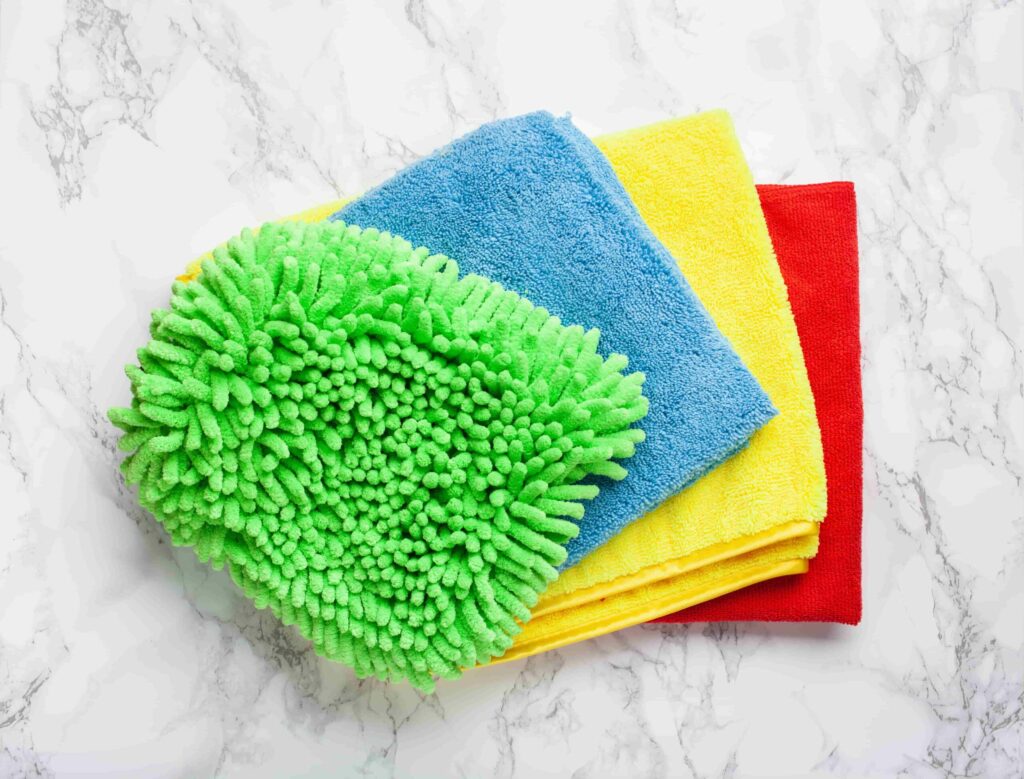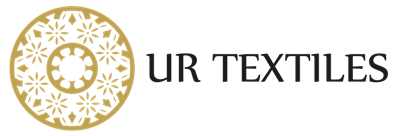Table of Contents
The biggest difference between microfiber home textiles and ordinary fabrics is that they are very soft and warm and have strong water absorption. Therefore, they are widely used in many fields in the market.
What is microfiber fabric
Microfiber: a kind of micron (about 1-2 micron) chemical fiber with triangular structure, mainly polyester and nylon.
The fabric woven from micron fiber has the characteristics of softness, smoothness, good air permeability and easy maintenance and cleaning.
It was invented by DuPont. The biggest difference from traditional chemical fiber is that triangular structure and slender fiber are more breathable, softer and more comfortable to wear than circular structure fiber.
Advantages and disadvantages of microfiber fabrics
Superfine fiber: generally, fibers with a size of less than 0.3 denier (5 microns in diameter) are called superfine fibers.
Advantages: the finished fabric feels extremely soft: the fine fiber can increase the layered structure of the silk, increase the specific surface area and capillary effect, make the reflected light inside the fiber more finely distributed on the surface, make it have the elegant luster of real silk, and have good moisture absorption and moisture dissipation. Strong cleaning power: superfine fiber can absorb dust, particles and liquid 7 times its own weight.
Disadvantages: due to strong adsorption, microfiber home textiles cannot be mixed with other items, otherwise they will be stained with a lot of wool and bloated things. Do not use an iron to iron microfiber towels, and do not touch hot water above 60 degrees.

Application of superfine fiber cloth
Superfine fiber: generally, fibers with a size of less than 0.3 denier (5 microns in diameter) are called superfine fibers.
Advantages: the microfiber home textiles feels extremely soft: the fine fiber can increase the layered structure of the silk, increase the specific surface area and capillary effect, make the reflected light inside the fiber more finely distributed on the surface, make it have the elegant luster of real silk, and have good moisture absorption and moisture dissipation. Strong cleaning power: superfine fiber can absorb dust, particles and liquid 7 times its own weight.
Disadvantages: due to strong adsorption, microfiber home textiles cannot be mixed with other items, otherwise they will be stained with a lot of wool and bloated things. Do not use an iron to iron microfiber towels, and do not touch hot water above 60 degrees.
Application of microfiber home textiles
Microfiber home textiles is widely used. The textile fabric made of it, after high-level finishing such as sand washing and sanding, forms a layer of appearance similar to peach skin fur on the surface, and is extremely bulky, soft and smooth.
The high-end fashion, jackets, T-Shirts, underwear, skirts and trousers made of this fabric are cool and comfortable, sweat absorption is not close to the body, and full of youthful beauty.
Foreign countries use superfine fiber to make high-grade artificial suede, which not only has the appearance, feel and style similar to leather, but also has low price.
Because the super fiber is thin and soft, it can be used as a clean cloth with excellent decontamination effect.
It can wipe all kinds of equipment without damage to the mirror.
Superfine fiber can also be made into ultra-high density fabric with extremely smooth surface, which can be used to make sports clothes such as skiing, skating and swimming.
It can reduce resistance and help athletes create good results.
At present, the research and development of microfiber home textiles has made a major breakthrough and has broad prospects for military use.
Some enterprises are developing leather for military clothing, gloves and military boots.
Among them, superfine fiber military glove suede leather and superfine fiber military glove veneer leather have passed the inspection of the special clothing quality inspection center of the Chinese people’s Liberation Army, and their products have broad prospects in the military field.



